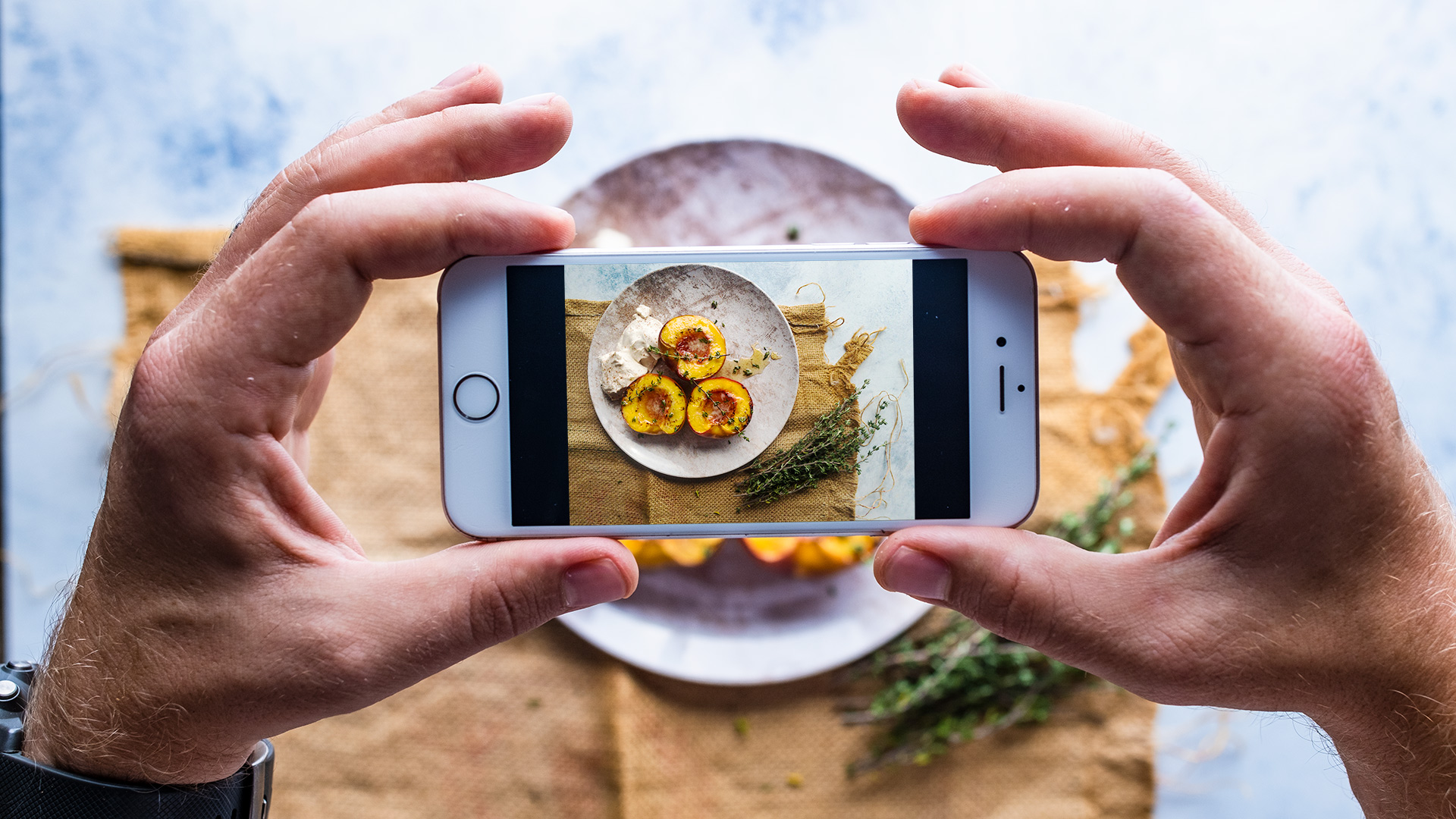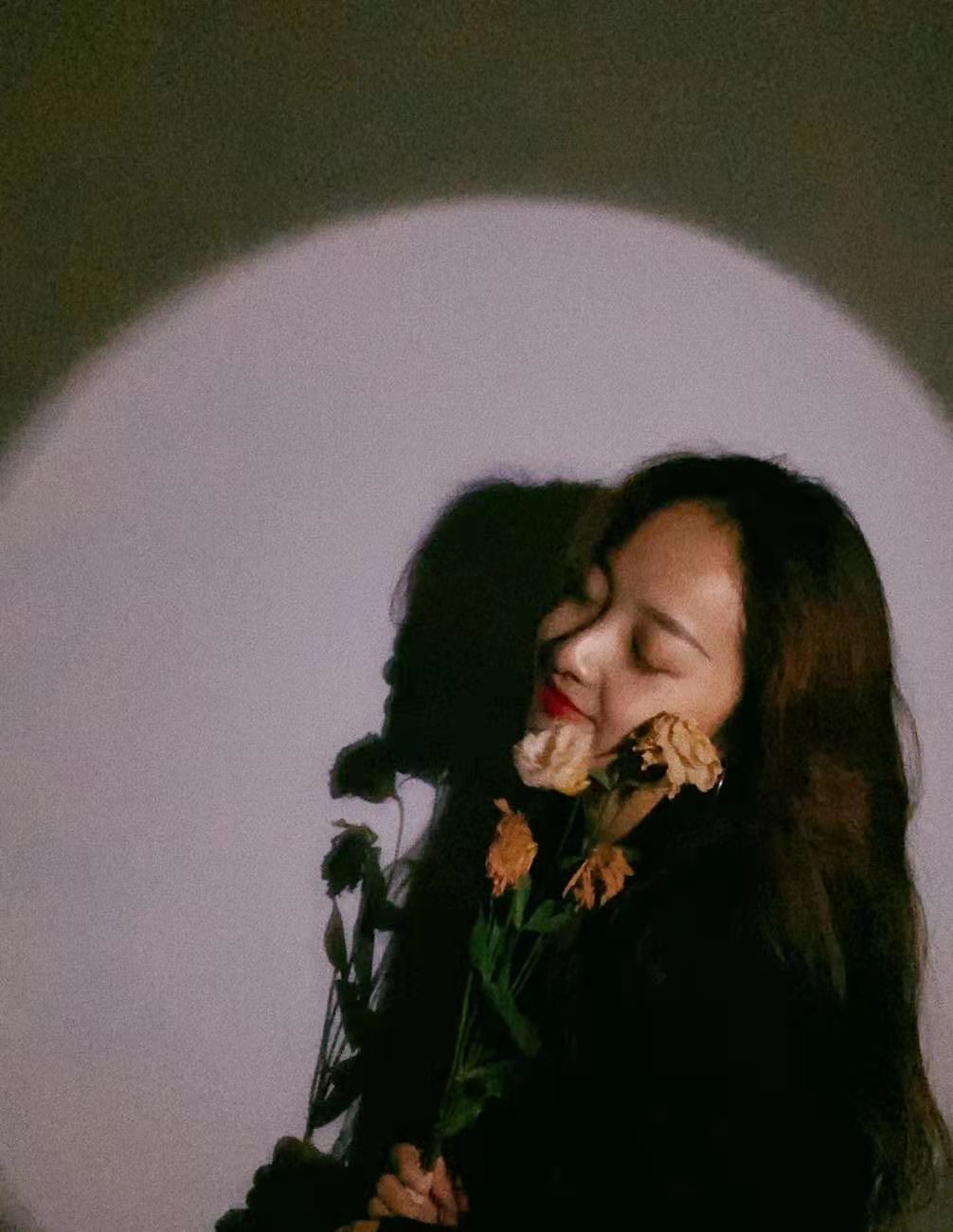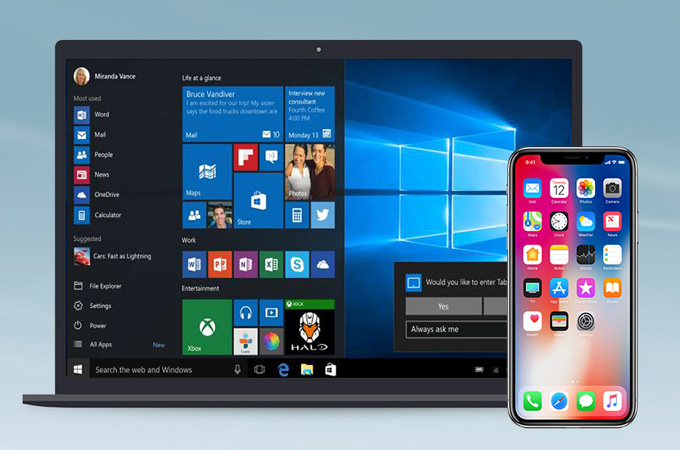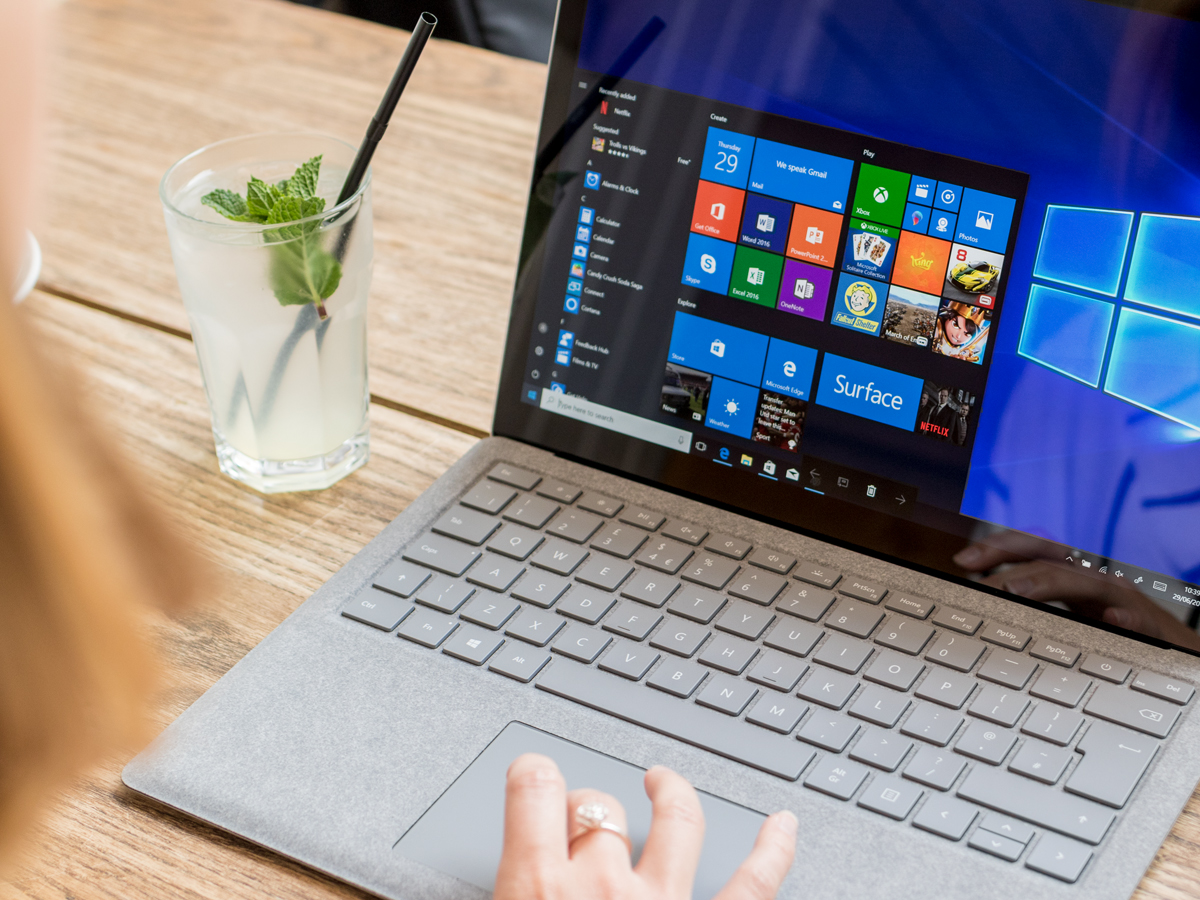1. Please Get Basic Composition Down
The crucial point of a photo is its composition—the position of different elements in a frame. The easiest rule of thumb to learn and remember is the Rule of Thirds. Basically, you would expect to break your frame into nine squares of roughly equal size.
Just try and align the subject of your photo along these lines and intersections and imagine the main image divided over these nine boxes. This gives you a more dramatic, visually interesting shot than one where you subject is located dead center. Many cameras and smartphones have a rule of thirds grid overlay that you can activate when taking photos.
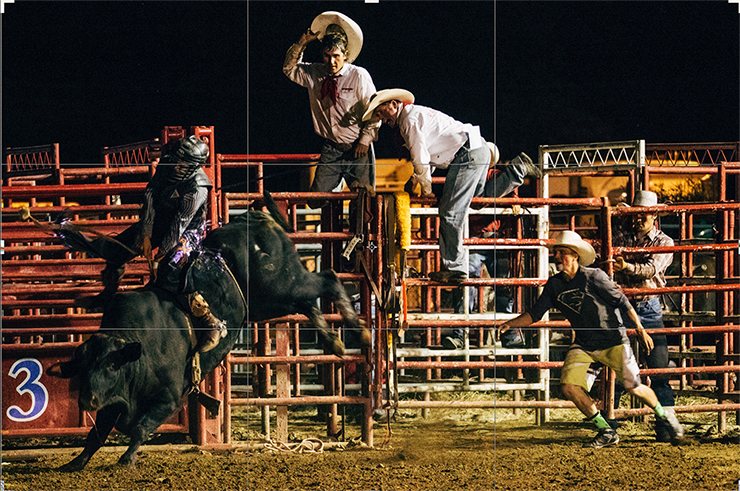
2. You Are Able To Adjust Exposure Compensation
If only you are not taking in full manual mode, your digital camera is making decisions that determine the exposure of a photo—in English, how light or dark the shot appears. Generally speaking, a camera looks at a scene and tries to determine the appropriate exposure based on the correct lighting of a gray card, which is why there are special scene modes for snow—without them, the camera would try to make the white snow gray.
Provided the photo is too light or dark you can either delve through the dozens of scene modes that are available in modern point-and-shoot cameras, or simply dial in a bit of exposure compensation. Many cameras have a physical button or dial for this, identified by a +/- symbol. If your photo is too dark, move the scale up above zero; if too light, move it down a bit.
3. You Have To Choose the Right Mode
The camera is likely to have scores of shooting modes, ranging from fully automatic operation to very specific scene modes. If you’re shooting fast action you can put the camera into Shutter Priority (“S” or “Tv”) mode and increase the speed at which a photo is taken—setting it to 1/125 second or faster will help to freeze action, and for really quick subjects, use as short a speed as possible to freeze motion, or a longer one to add motion blur to the flapping wings.
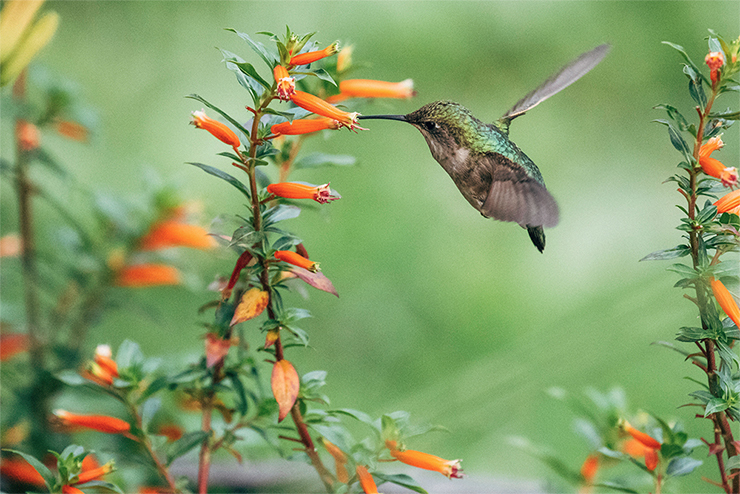
In the situation of lower light, you are able to adopt Aperture Priority (“A” or “Av”) mode to make sure as much light is entering the lens as possible, or if you’re shooting landscapes on a tripod you can close the lens’s iris to increase depth of field, keeping everything in sharp focus from the foreground to the horizon. If you’re a DSLR shooter, you’re more likely to use the A or S modes, while point-and-shoot cameras will often feature more specific modes that cater to activities like sports, low-light use, or landscape shooting.
4. Think About Lighting
Pay attention to how much light you have and where it’s coming from when taking your photos. If you’re shooting outdoors, be careful not to take photos of a person when the sun is at their back, unless you want to make a portrait with some dramatic flare (make sure to dial in positive EV adjustment if you do). If you’re grabbing a photo in front of a monument or landmark and you want to make sure it’s not overexposed, use some fill flash instead to make your backlit subject as bright as the background. You may have to manually activate the flash, as there’s a good chance that the camera will think that it’s unnecessary on a bright day.
5. Remember To Use The Flash Wisely
A lot of photo has been foiled by a flash firing too close to a subject. If your friends and family look like Casper the Friendly Ghost when you photograph them, chances are that you’re too close when snapping your photos. If you need to activate the flash, back up a bit and zoom in to get the proper framing. If things are still too bright—or too dark—check and see if flash compensation is an option. Many cameras allow you to adjust the power of the flash, which can help to add better balance to your flash-assisted photos. Adding just a little bit of light makes it possible to fill in shadows, resulting in a more natural-looking photo.

